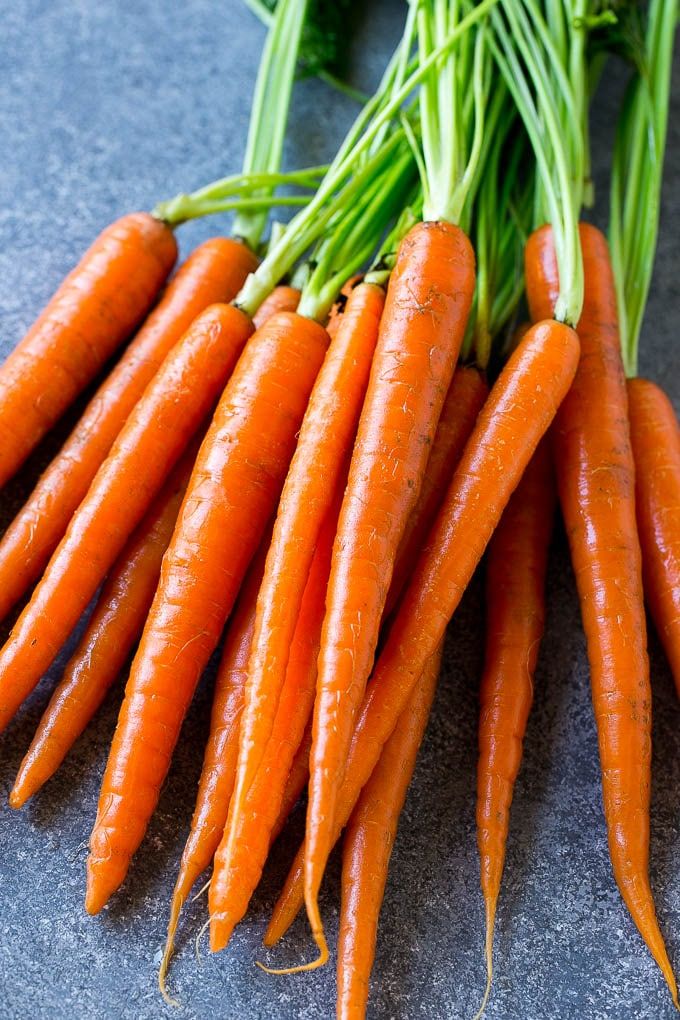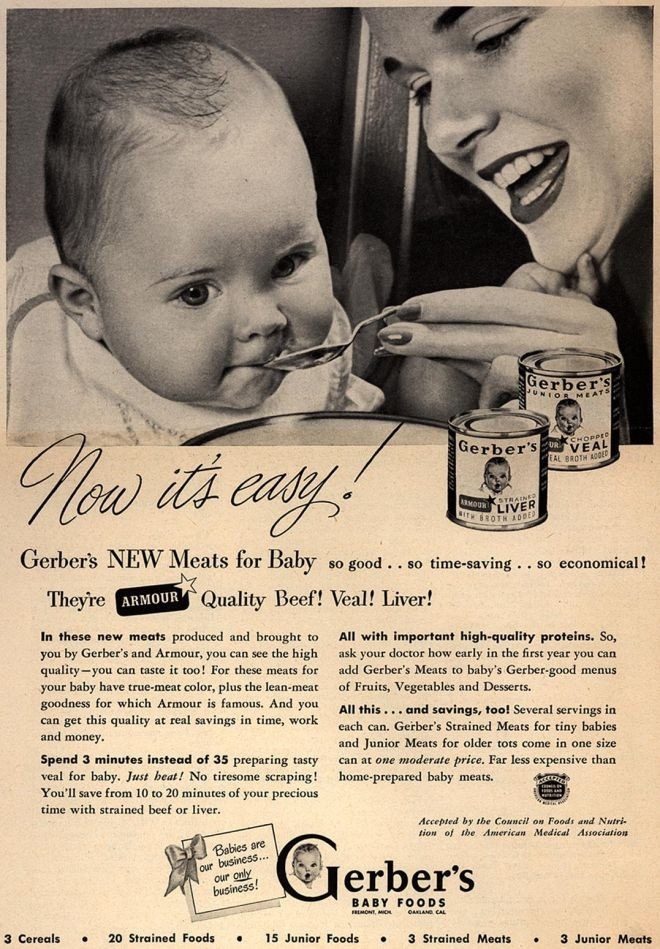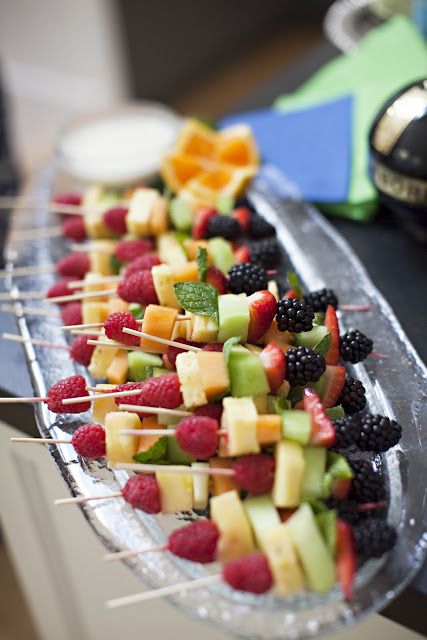Keep baby food warm
How to store and heat baby food on the move
how to guides
First published on Monday 1 August 2016 00:00 BST Last modified on Monday 19 April 2021, 13:32 BST
Lucy Dimbylow
Writer
This page contains affiliate links, which means we may earn a small amount of money if a reader clicks through and makes a purchase. All our articles and reviews are written independently by the Netmums editorial team.
Once you’re into the swing of parenthood, getting out and about with your baby is relatively easy.
But when you start weaning, you face a whole new challenge: feeding your baby when you’re away from home.
Working out how to keep food fresh on the go, and how to heat it up when it’s dinnertime can be tricky, so read on for the must-know guidelines on travelling with baby food.
Keeping baby food fresh on days out
Many parents, even if they usually cook homemade food for their baby, prefer to use jars or pouches of readymade baby food for days out.
Neatly sealed in sterile containers, they can be kept at room temperature so you don’t need to worry about how to keep them fresh.
If, however, you want to take homemade food out and about, you’ll need an insulated cool bag and some freezer blocks to keep the food at the right temperature.
You can either buy a bag specially designed for transporting baby food, or just use a normal insulated lunch bag, widely available from supermarkets.
1. Baby Polar Gear Little One's Lunch Bag
See more at Amazon
*Insulated cool bag with re-freezable ice pack
*Adjustable shoulder strap with clip to attach to prams
*Also available in blue
This roomy cool bag comes with an ice pack included and has been specifically designed with babies and young children in mind. With a handy pocket on the front, and an adjustable shoulder strap it can be attached to a pram or buggy handle.
Your browser cannot play this video.
2. Babymoov Airtight Containers (six-pack)
See more at Amazon
*Stackable for storage
*Ideal for travel and days out
*Dishwasher, microwave and steriliser-safe
These air-tight storage pots by Babymoov can be popped into the dishwasher or microwave and come in a handy pack of six. Ideal for travel, they can be stacked for easier storage. They are just what you need to transport your baby's food on days out.
Ideal for travel, they can be stacked for easier storage. They are just what you need to transport your baby's food on days out.
3. Disposable Weaning Bibs (20-pack)
See more at Amazon
*Perfect for meals out and about
*Waterproof backing and crumbcatcher
*Adjustable neck with sticky tabs fastening
Using disposable bibs for days out can be a great idea. We like these brightly coloured ones from Tommee Tippee that come in a pack of 20. They have an adjustable neck that fastens with sticky tabs and waterproof backing and a crumb catcher to keep mess contained.
4. TUM TUM Children's Food Flask
See more at Amazon
*Can be used to keep food hot or cold
*Comes in three attractive designs
*Bpa-free and dishwasher-safe
This flask will keep your baby's food hot for up to five hours, but don’t forget to allow time for it to cool before you feed it to them. It's available in three funky designs and can keep food hot for around five hours.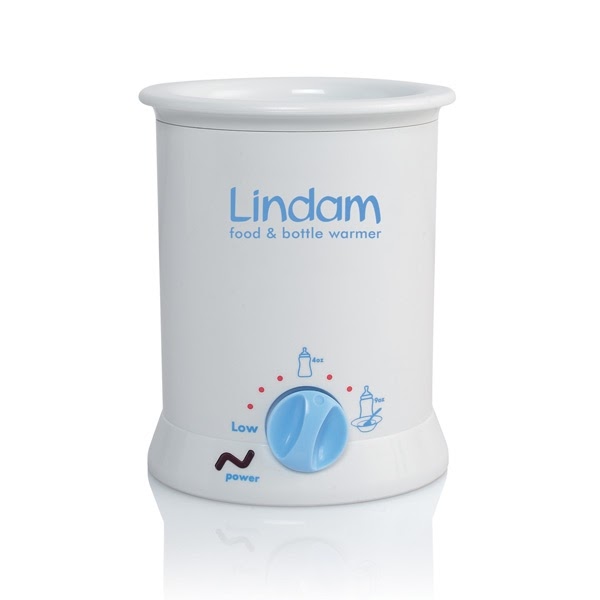
You’ll also need to remember to pack any snacks your child might need.
Pre-packed snacks like boxes of raisins, cereal bars and packets of rice cakes are ideal for days out, but if you want to take your own snacks, pack them in lidded containers or a special non-spill snack pot: these have flexible lids with an opening that allows your baby to get the snacks out but not tip them everywhere.
Don’t forget to put in cutlery, your baby’s sippy cup and bibs, too; disposable bibs are handy for meals on the move.
How do you keep baby food warm while traveling?
If you don’t think you’ll be able to microwave food on the move, you’ll need to heat it before you leave home.
Heat until it’s piping hot in the microwave, in the container that you want to transport it in (as transferring hot food to a cold pot will immediately start to cool it down).
Put a lid securely on the pot, and then put it inside an insulated lunch bag.
This should keep the food at the temperature required to prevent bacteria growth (60C) for two to four hours.
Don’t put cold food in the same bag as pre-heated food, as neither will stay at the correct temperature.
Before feeding your baby, taste the food yourself to make sure that it’s cooled down to a safe temperature.
The alternative is to invest in a small Thermos flask or travel mug, and put your homemade baby food directly into this.
How do you store baby food on the go?
Getting out and about with a weaning baby might seem like a lot of hassle, but like all parenting routines, the more you practise, the easier it will become.
And with an insulated bag, some freezer blocks and some decent, leak-proof food storage, you’ll soon find that there are no limits to the places you can explore.
The easy way to cope with mealtimes when you’re out and about is to take no-cook food that your baby can eat at room temperature.
This could be a jar or pouch of shop-bought baby food, finger food like sandwiches, or if you’d prefer her to have a fresh meal, you can simply take a ripe banana or avocado and mash it with a fork when it’s time to eat.
Frozen baby food will stay frozen in a cool bag for about six hours, and refrigerated food will also stay cool for that length of time.
Take the food out of the fridge or freezer just before you leave home and put it straight into the bag along with the freezer blocks.
If you’re not sure if you’ll be able to defrost the food on the move, it’s best to do this before you go out.
Make sure your food is stored in airtight pots with close-fitting lids to avoid leaks in your cool bag.
What temperature should baby food be?
Homemade food should be heated until it’s piping hot, so it’s not recommended that you warm it by standing it in a bowl of hot water (although you can do this for jars).
Many restaurants, service stations and family-friendly facilities like soft play centres have microwaves for customer use, or the staff can microwave food for you; if possible, phone ahead to check whether this can be done.
You can also check whether highchairs are available at the same time.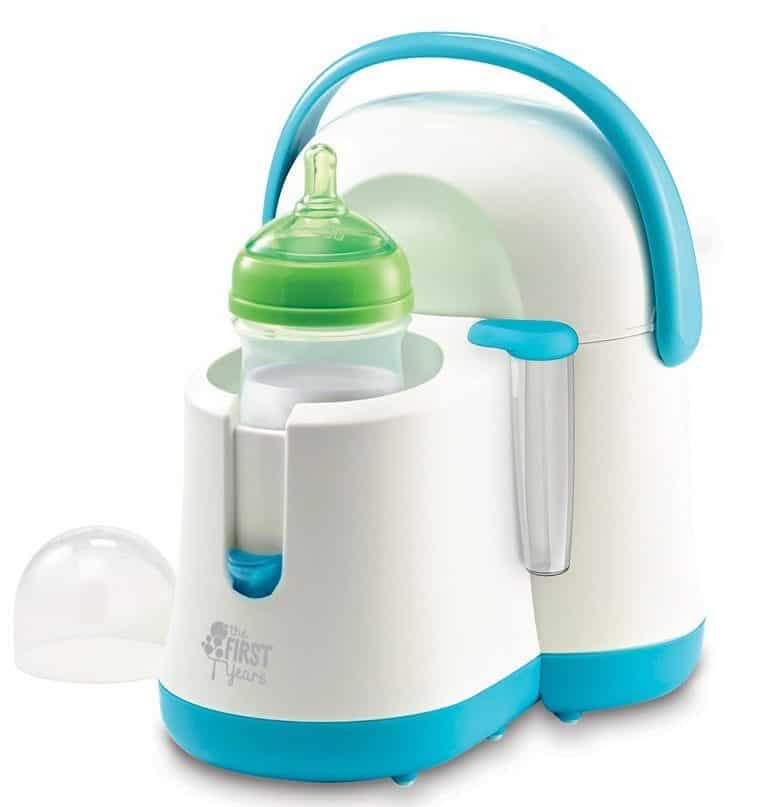
For homemade meals or foods that your baby prefers to eat warm, it’s best to heat the food when you need to use it, if possible.
This helps to reduce the risk of bacteria breeding in the food.
Do you feed baby food warm or cold?
Homemade food should be heated until it’s piping hot, so it’s not recommended that you warm it by standing it in a bowl of hot water (although you can do this for jars).
Many restaurants, service stations and family-friendly facilities like soft play centres have microwaves for customer use, or the staff can microwave food for you; if possible, phone ahead to check whether this can be done.
You can also check whether highchairs are available at the same time.
For homemade meals or foods that your baby prefers to eat warm, it’s best to heat the food when you need to use it, if possible.
This helps to reduce the risk of bacteria breeding in the food.
- The best buys for weaning your baby
- The best buys for weaning out and about
- The best cookbooks for healthy eating
Related products
FEED / WEANING
Tommee Tippee Pop-up Freezer Pots with Tray
RRP £5. 00
00
★ ★ ★ ★ ★ (1)
Pop-up Freezer Pots with Tray 5.0 out of 5, 1 based on 1 ratings 1 user comments.
Reviews
FEED / WEANING
Philips Avent Combined Steamer Blender
RRP £118.50
★ ★ ★ ★ ★★ (2)
Combined Steamer Blender 4.5 out of 5, 1 based on 2 ratings 2 user comments.
Reviews
FEED / WEANING
Tommee Tippee Magic Mat
RRP £4.99
★ ★ ★ ★ ★ (2)
Magic Mat 4.0 out of 5, 1 based on 2 ratings 2 user comments.
Reviews
Heating and Thawing Homemade Baby Food Purees
What is the Best Way to Heat or Thaw Homemade Baby Food Cubes?
There are many ways to heat and thaw homemade baby food. On this page we will tell you all about heating and thawing your homemade baby food cubes.
Thawing and Heating of Homemade Baby Food
When thawing or heating baby food cubes, take out as many cubes that you will feed your baby for 1 or 2 days. Remember to thaw only the amount of food that you will use in a period of 1-3 days as you should not refreeze any leftover food.
Remember to thaw only the amount of food that you will use in a period of 1-3 days as you should not refreeze any leftover food.
Transfer the cubes to a storage container and let the cubes thaw in the refrigerator or you may wish to transfer the cubes to a glass bowl and then thaw them in the microwave. We’ll discuss the various methods of heating and thawing homemade baby food below. Whatever method you choose, please do be sure to always test the temperature of the foods you will be feeding your baby!
Heating Homemade Baby Food
Microwave Heating
Many parents love the ease and convenience of the microwave for both heating and thawing homemade baby food. Whether or not you use the microwave to heat or thaw your homemade baby food is a decision only you can make.
To heat the baby food in the microwave, always transfer the amount of food you will be heating to a glass microwave safe container. You should not use plastic to heat foods in the mircowave.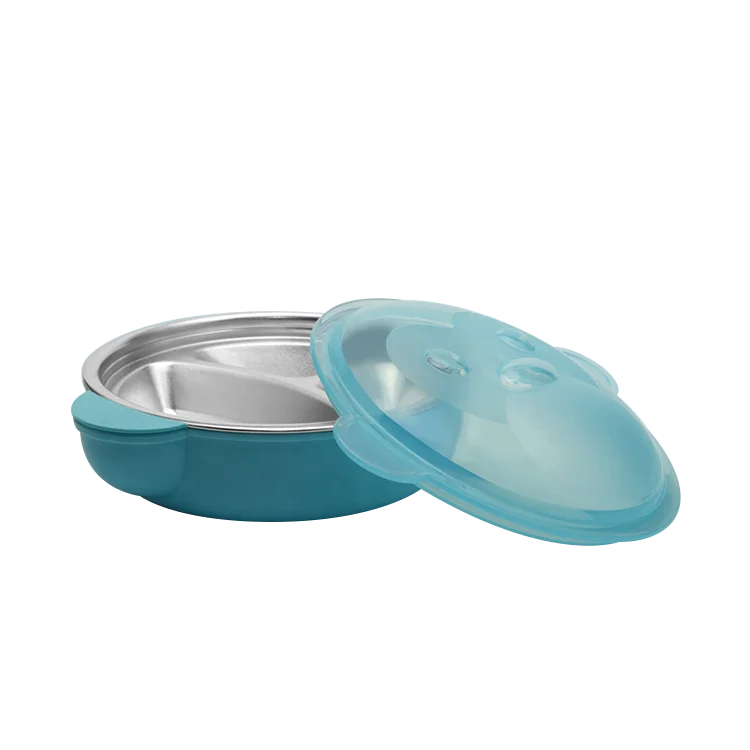 Heat the food in 15 second increments and stir after each heating. When the food has reached the temperature you desire, be sure to give one final stir so that no hot pockets are left to burn baby’s mouth.
Heat the food in 15 second increments and stir after each heating. When the food has reached the temperature you desire, be sure to give one final stir so that no hot pockets are left to burn baby’s mouth.
Stove Top Heating of Homemade Baby Food
When heating baby food on the stove top, choose a smaller saucepan and place the food into the sauce pan. Gently heat the food using a low setting. Using the lower heat setting will ensure that you do not burn the food.
Do NOT store leftover food from a container that your baby has been eating from. Saliva will contaminate the food and storing leftovers may cause food poisoning.
Microwave Thawing of Homemade Baby Food
Always warm baby food cubes in a glass bowl and not in plastic containers as researchindicates glass is safer. If you are using a microwave to thaw or reheat baby food cubes, be sure to stir food to ensure no hot-pockets are left to burn baby.
Many parents do not like to use the microwave for a variety of reasons. It is up to you to decide if heating or thawing your baby food cubes in the microwave is right for you and your baby. If you do not wish to use a microwave to thaw your baby food cubes, you may thaw your baby food cubes in the refrigerator over night (ensure that the cubes remain a closed container and not in an uncovered bowl) as mentioned.
It is up to you to decide if heating or thawing your baby food cubes in the microwave is right for you and your baby. If you do not wish to use a microwave to thaw your baby food cubes, you may thaw your baby food cubes in the refrigerator over night (ensure that the cubes remain a closed container and not in an uncovered bowl) as mentioned.
Refrigerator Thawing of Homemade Baby Food Cubes
Thawing baby food cubes in the refrigerator will take longer than using a microwave or the floating/submersion method. You may thaw your baby food cubes in the refrigerator over night (ensure that the cubes remain a closed container and not in an uncovered bowl). This method may take up to 12 hours so do be sure to plan accordingly!
Submersion or Warm Water Thawing of Baby Food Cubes
Thawing baby food cubes using this “submersion method” should take between 10-20 minutes. You may place the cubes in a small bowl and then place the bowl in a larger bowl filled with hot water.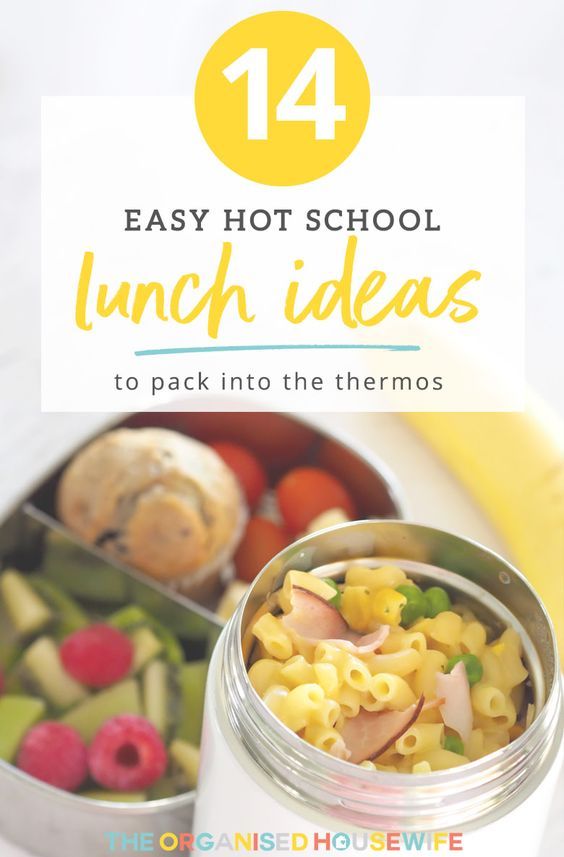 You can also do this with a pan of warm water on the stove; add the smaller bowl to a pot of water that you have warmed.
You can also do this with a pan of warm water on the stove; add the smaller bowl to a pot of water that you have warmed.
Thawing food on your kitchen counter is never recommended as bacteria or other contaminants may get into the food.
You should not feed your baby from the container and then re-store the container that baby has been fed from. Saliva may contaminate the food and bacteria may evolve. Always take the portions you will serve from the container and transfer to a feeding bowl.
Please keep in mind that reheating and serving baby food cubes is warm is NOT necessary. Baby food cubes may be served at room temperature once they have been thawed and then heated.. Many babies enjoy room temperature foods.
How Long is it Safe to Keep Thawed Baby Food in the Refrigerator
Thawed homemade baby food is just like other food that you have cooked, frozen and then thawed. The homemade baby food that you have thawed may safely be kept in the refrigerator for 72 hours maximum. Ensure that the thawed baby food is kept in a sealed container to avoid contamination.
Ensure that the thawed baby food is kept in a sealed container to avoid contamination.
Remember, always consult with your pediatrician regarding introducing solid foods to your baby and specifically discuss any foods that may pose allergy risks for your baby.
This site complies with the HONcode standard for trustworthy health information:
verify here.
SHARE ON FACEBOOK SHARE ON PINTEREST
How to store milk formula? — Bellakt
Proper storage of milk formula largely determines its quality and, as a result, ensures the baby's nutritional safety. Strictly adhere to the manufacturer's recommendations when storing dry and diluted mixtures.
9006 Baby dry mixes "Bellakt" are produced in cardboard boxes with foil bags. Therefore, closed dry mixes are recommended to be stored in a dry, cool place within the expiration date indicated on the packaging.
Never use expired meals!
Keep the opened package in a dry, dark, cool place at a temperature not higher than +25ºС and air humidity not higher than 85%. Avoid exposure to direct sunlight.
9006 The best place for storage is a closed kitchen cabinet away from the stove. Do not store the mixture in the refrigerator as the high humidity may cause it to clump. 9
After opening the inner pouch, keep the product tightly closed and out of the reach of children.
Use the contents of the opened package within 20 days.
Even if you still have formula after this period, do not feed it to your baby. The mixture is packed by the manufacturer in a vacuum environment. After opening the package, the substances that make up the mixture interact with atmospheric oxygen, resulting in a change in their physical and chemical properties. For an adult, such changes may not be noticeable, but the baby's body reacts sharply to all changes in its familiar environment. 9
The mixture is packed by the manufacturer in a vacuum environment. After opening the package, the substances that make up the mixture interact with atmospheric oxygen, resulting in a change in their physical and chemical properties. For an adult, such changes may not be noticeable, but the baby's body reacts sharply to all changes in its familiar environment. 9
In addition to the mixture itself, it is important to properly store all the accessories necessary for its preparation - spoons, nipples, bottles. It is optimal to take a special container for them or store them in a sterilizer.
Remember that only clean, dry hands can measure and dilute the mixture. Otherwise, there is an increased risk of pathogenic organisms entering the dry food, for which a mixture rich in nutrients is a favorable environment for reproduction and growth.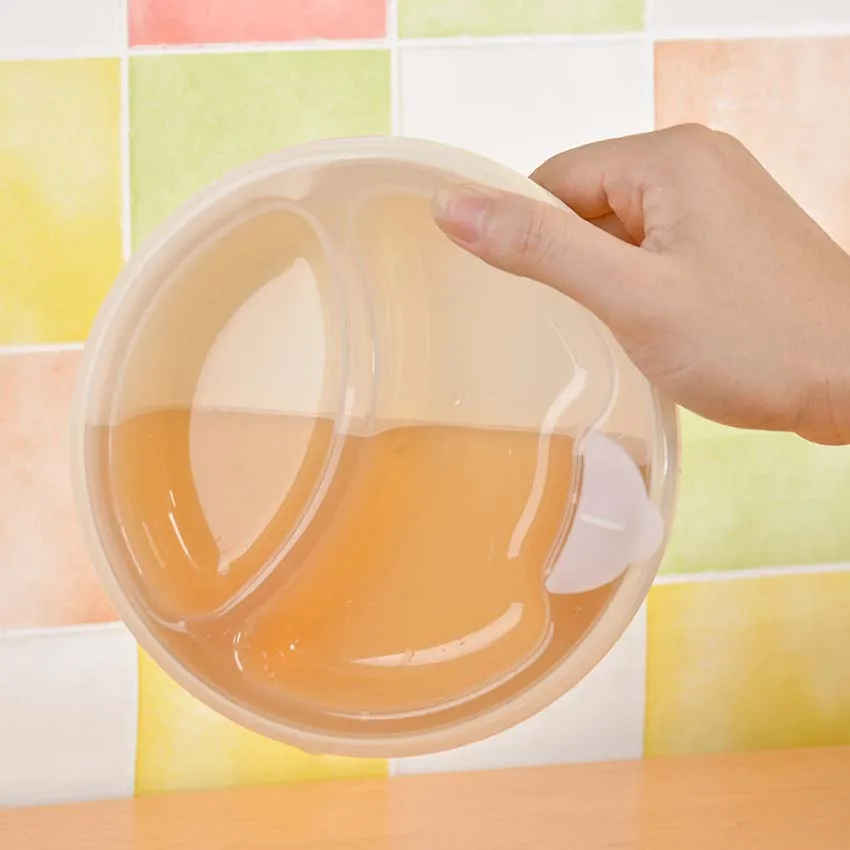 How to store the finished product?
How to store the finished product?
Can formula be stored and if so, for how long?
This question often comes to the manufacturer from parents.
9006 The mixture is recommended to be prepared immediately before use and it is not recommended to use the remains of the mixture for subsequent feeding. 9
But this possibility is not always available.
9006 The European Society of Pediatric Gastroenterology, Hepatology and Nutrition (ESPGHAN) issued recommendations in 2004 according to which reconstituted dry formula can be stored in a sealed bottle at room temperature for no more than 4 hours. In the refrigerator at temperatures up to +4°C, the finished mixture can be stored for 30 hours. 9
9
But this is only if the bottle is tightly closed with a sterilized cap, and the baby did not eat from the bottle.
9006 If the child even drank a little from the bottle, it cannot be stored, because the risk of developing pathogenic microorganisms increases. 9
One of the options for safe feeding a child outside the home (on a long walk, on the road, in a clinic, etc.) is to take water and dry formula separately. Pour the required amount of formula for one feeding into a sterilized bottle and close tightly. Pour boiled water heated to +50°C into a thermos. When the baby is hungry, dilute the mixture.
Councils for storage of children's mixture:
- use the mixture only within the expiration date indicated on the package;
- store the opened mixture for no more than 20 days;
- store the mixture in a dry, dark, cool place in an airtight container. The optimum storage temperature is from +1 to +25°C. Do not store the mixture in the refrigerator, near the stove or near heating appliances;
The optimum storage temperature is from +1 to +25°C. Do not store the mixture in the refrigerator, near the stove or near heating appliances;
- do not store the mixture next to flour and cereal products, vegetables, fruits and mushrooms in order to avoid contamination of baby food by insects;
- The mixing spoon must be dry and clean. If moisture gets into the powder, it may deteriorate earlier than the deadline;
- Prepare formula just before each feeding.
Cheat sheet for moms and dads - ZdorovyeInfo
Your child's safety is your responsibility. We remind you of some rules that parents must follow in order to ensure this safety.
Child safety in the car
- Always use a child car seat when traveling in a car.
- Read the instructions for use carefully to make sure it is installed properly.
- NEVER hold your child on your lap while driving.

- The safest location for a car seat is in the middle of the rear seat.
- NEVER place a child in the front passenger seat, especially if airbags are present. If your vehicle does not have a rear seat, you must deactivate the airbag while the child is in the car.
- Customize the car seat according to your child's age and height.
Fall prevention
- Always place the child seat on the floor and not on a table.
- Never leave a child alone on a bed, couch, changing table, or high chair, from which they may fall or roll.
C Smoke and fire safety
- Do not smoke or allow anyone else to smoke around your child.
- Install a working smoke alarm in the apartment and on each floor of the country house.
- The apartment must have a fire extinguisher (and one fire extinguisher on each floor of a country house).
Child Burn Prevention
- Do not handle hot liquids while holding your baby.

- To prevent burns, do not heat baby bottles in the microwave. Many microwave ovens heat unevenly, and baby food heated this way can be too hot and burn the baby. Baby food can be warmed by running warm water from the tap or by immersing the bottle in a deep container of warm water. Before you start feeding your baby, put the contents of the bottle on your wrist to make sure that his temperature is normal.
Accident prevention
- Keep sharp objects (knives, scissors, tools, razors) and other dangerous objects (coins, glass objects, beads, pins, medicines) in a safe place out of the reach of children.
- NEVER shake a child or throw him in the air. This can cause concussion or blindness.
- Do not leave your baby alone in the care of a little brother or sister, do not leave him alone with a pet, even when the baby is sleeping.
- Walkers can be dangerous at any speed and at any age! This device must be used very carefully.

- Make sure your little one can't reach the lamp or other electrical items. Secure electrical cords along baseboards.
- Remove the tablecloths that the baby can pull off the table along with everything that is there.
- Make sure that all drawers have stops so that
- the child cannot pull the handle and drop the drawer on himself.
Bath safety
- Always test the bath water to make sure it is not too hot before placing your baby in it. The best way to check your temperature is to submerge your elbow in water.
- Never leave your baby unattended in the bathtub or in an inflatable ring. It takes a few seconds to drown.
- Keep electrical appliances (hair dryers, radios, etc.) away from water and bathing areas. Keep these devices unplugged and out of reach when not in use.
- Do not leave water in a bucket or other container within reach of a child.
Safety during play
- Regular inspection of toys should be carried out.
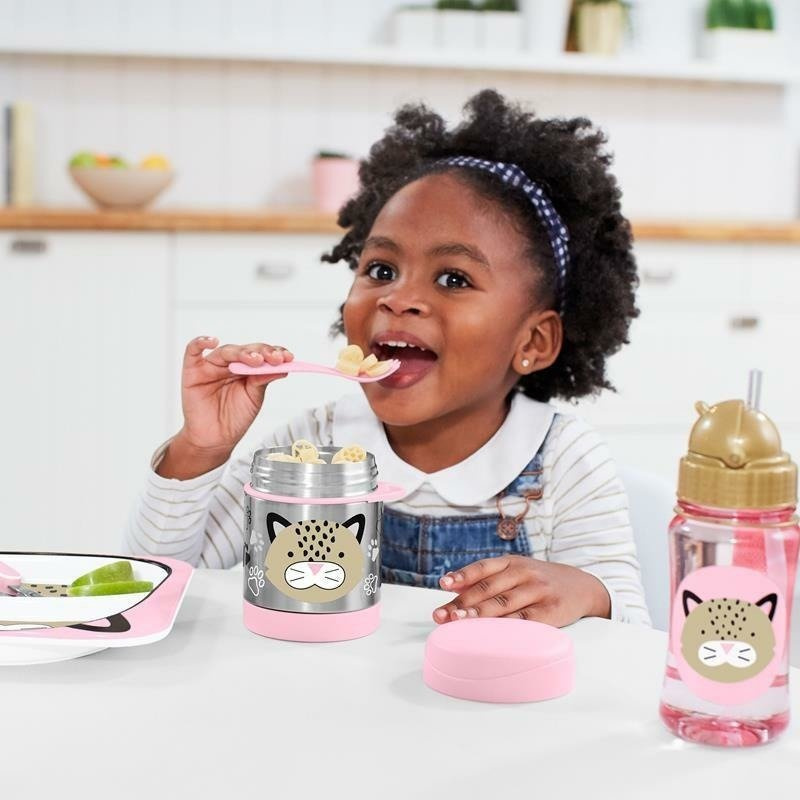 Make sure that the toys do not break, do not break, do not have small parts that the baby can chew, bite off or tear off; that toys do not have sharp corners and are larger than your child's mouth.
Make sure that the toys do not break, do not break, do not have small parts that the baby can chew, bite off or tear off; that toys do not have sharp corners and are larger than your child's mouth. - Toy storage boxes must be without lids or with latches that keep the lid always open.
Accidental suffocation precautions not suffocated
- NEVER place strings or strings around a baby's neck (for example, to hold a pacifier) or within their reach. Make sure the ties and buttons on your baby's clothes are secure and don't put pressure on him.
- Make sure cords on blinds and curtains are out of reach of children.
- Remove small items and jewelry that a child could injure or choke on if swallowed.
Feeding Safety
- Never leave your baby alone with the bottle set up so they can drink from it on their own. Don't put him to bed with a bottle.
- Do not give your child raw carrots, unpeeled apples, nuts, hard candies, or other hard foods that he may choke on.

- Make sure the highchair is secure so that the little fidget does not slip out of it and that nothing interferes with him while eating.
first aid for wounds, bruises, bites, burns. Babysitters or caregivers must be properly trained and certified.
If the child is already crawling or walking
When the child begins to move independently, it is especially important to keep him safe.
- Secure electrical outlets.
- Secure electrical cords to skirting boards if there is no way to hide them.


